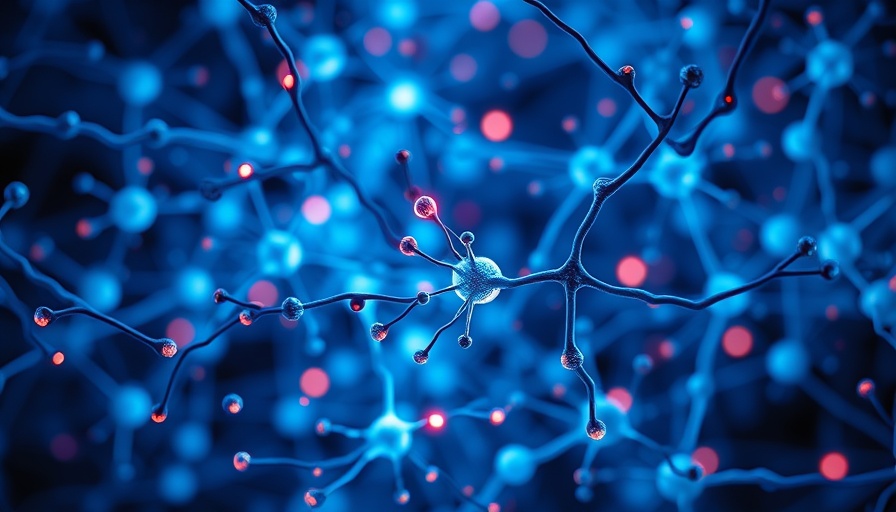
The Future of Artificial Intelligence: Self-Organizing Neurons
In an extraordinary leap forward for artificial intelligence, researchers at the Göttingen Campus Institute for Dynamics of Biological Networks and the Max Planck Institute for Dynamics and Self-Organization have developed a new class of artificial neurons known as 'infomorphic neurons.' Unlike traditional artificial neurons, which rely heavily on external instructions to learn, these innovative systems can learn independently by processing information from their immediate network environment.
Understanding the Biological Inspiration
The architecture of infomorphic neurons is remarkably inspired by the structure of biological neurons, particularly the pyramidal cells found in the human cerebral cortex. These cells excel in processing stimuli from varied external sources and adapting in real time, a feature that was central to understanding how artificial networks can be improved.
How Infomorphic Neurons Operate
Infomorphic neurons operate on a simple yet profound principle: self-organization. These artificial neurons independently decide which parts of the incoming information are relevant, allowing them to form complex internal networks that adapt dynamically. This autonomy means that the neurons collaborate efficiently and can either specialize in specific areas of data or take a more holistic approach by seeking redundancy with their neighbors. This collaborative nature builds a robust information-processing network.
Challenges and Opportunities in AI Development
One of the most significant challenges for AI has been the inability to achieve the flexible and energy-efficient functioning that biological brains provide. Infomorphic neurons tackle this issue head-on, promoting a model where each neuron contributes actively rather than awaiting centralized directives. With this model, researchers aim to reach new benchmarks in AI capabilities, emphasizing adaptability and efficiency.
The Broader Implications of Self-Learning Neural Networks
As artificial intelligence continues its rapid evolution, self-learning systems like infomorphic neurons open doors to various applications, from enhanced data processing in tech to more intuitive interfaces for user experiences. Additionally, as society becomes more dependent on smart technologies, understanding and predicting how these systems will evolve will be essential for ethical deployment.
The Potential Impact on Daily Life
In a place like Dallas, where tech-driven lifestyle management is becoming prevalent, innovations in AI and machine learning can impact many sectors including healthcare, education, and urban planning. This can revolutionize how Dallasites interact with technology every day, making services smarter and more responsive to individual needs, thus enhancing the overall quality of living in the city.
Conclusion: Embracing the AI Revolution
With the advent of self-organizing artificial neurons like those being developed by the research teams in Germany, we stand at the threshold of a new era in AI. This technology promises to not only enhance computing power but also redefine how we integrate technology into our daily lives, particularly in vibrant urban centers like Dallas.
Understanding such groundbreaking advancements is crucial for anyone interested in the intersection of technology and lifestyle. By keeping informed about the latest research and innovations, residents of Dallas and beyond can better navigate and embrace the changes these technologies bring, ensuring they reap the benefits of this digital revolution.
 Add Element
Add Element  Add Row
Add Row 



 Add Row
Add Row  Add
Add 


Write A Comment